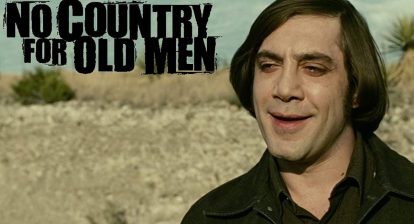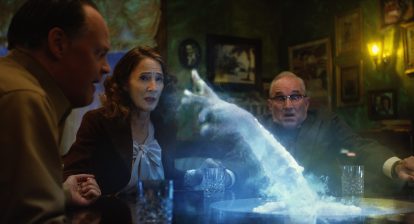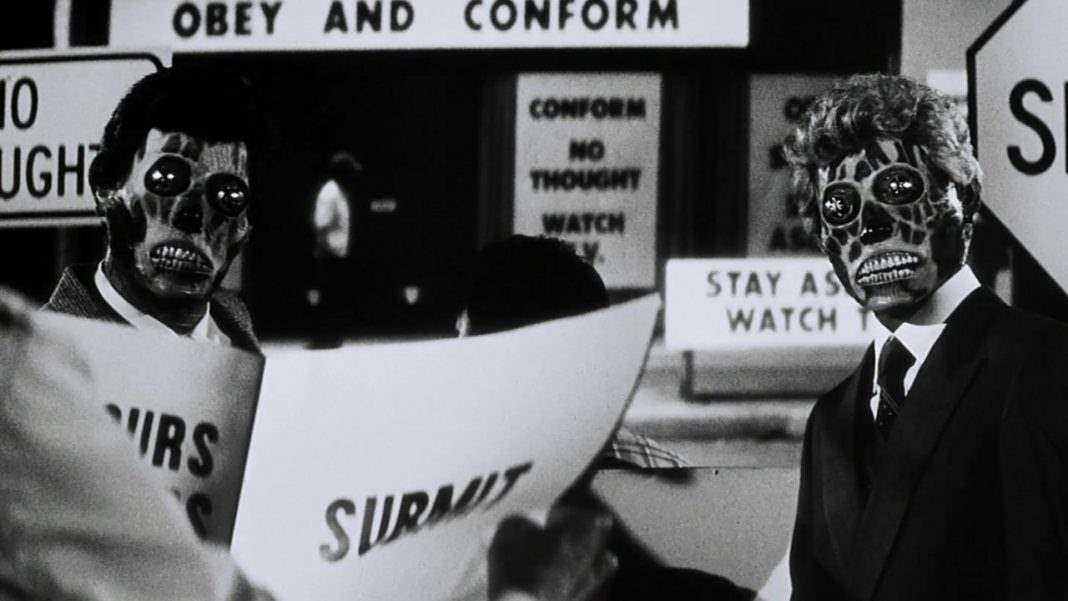Horror is evolving as a genre. Although your local multiplex is still loaded with the usual contenders, look a bit closer and you’ll find the latest drama, thriller, or crime offering is closer to horror than you might expect. In this bi-weekly series, Joey Keogh presents a film not generally classified as horror and argues why it exhibits the qualities of a great flight flick, and therefore deserves the attention of fans as an example of Not Quite Horror. This week, it’s the first season of HBO’s hit show Westworld.
We usually keep it pretty movie-centric round these here (Not Quite Horror) parts, but the past couple of months have given us a show that so exemplifies the traits of this fledgling, possibly non-existent sub-genre as to render its inclusion pretty much a given. I’m referring, of course, to HBO’s Westworld, Jonathan Nolan and Lisa Joy’s riveting take on Michael Crichton’s 1973 movie of the same name (that is also the basis for one of the all-time greatest episodes of The Simpsons).
Horror and sci-fi have been comfortable bedfellows for a long time, of course, with Alien being the most obvious, and still arguably the best, example of what happens when they shack up. But it’s telling that Westworld, which is also, technically, a neo-western, should hit our TV screens in the same year that the twisted horror-western sub-genre comes to the fore in movies, thanks to the likes of The Hateful Eight, Bone Tomahawk and, to a subtler extent, fellow NQH fave Hell Or High Water.
One could sit around debating the show’s many influences and meanings for days on end – and indeed, there’s already been a multitude of think-pieces published on the subject – but our chief focus here is horror. Or, rather, almost horror. And, regardless of whether you thought Westworld functioned well as a decent narrative or even made any sense, there’s no denying the show had its horror elements down pat; from the looming dread to the gory violence to the palpable tension.

Westworld really hit its horror peak in the Neil Marshall-directed episode “The Stray”, the third installment, which hit its stride with the bloody, and fairly frightening, self-destruction of a host in a canyon – recalling The Hills Have Eyes, The Devil’s Rejects, et al. Marshall, who directed, among others, the super-gory Dog Soldiers, had serious fun with the blood and guts element of his episode, giving the show – which began on a slightly dry, dusty note – a much-needed injection of the red stuff.
Fellow horror vet Vincenzo Natali (who did some suitably cerebral, if muddled, work on season two of Hannibal) later threw in a dash of his brand of doom-laden focus in his two offerings, but it was Marshall who really set Westworld off on its course to Not Quite Horror victory. Once it hits its stride, the show, as is typical of the HBO template, was also loaded with both implicit and explicit violence (particularly sexual, usually against women).
Who could forget the image of the Man In Black dragging Dolores towards the barn to do god-knows-what with her, or the revelation that Sylvester had been using the hosts for his own base needs for months. In the season finale, with several of the robots let loose, all of that built-up mistreatment came out in bloody, gory glory as an unsuspecting engineer put his fingers innocently into a host’s mouth only to have one digit ruthlessly bitten off. Later, humans are gunned down in a hail of fire by the same host.

Regardless of what was on show, however, Westworld functioned first and foremost by introducing existential questions and then leaving them to ferment, both in the heads’ of it central characters, and ours as an audience. It may have stumbled when it came to big reveals, and a few plot threads were left dangling, but the central preoccupation with consciousness, and the question of whether it was more horrifying to be human or host, came through even in its quietest moments.
Indeed, it was in the deeper discussions between, for example, Ford and Arnold/Bernard that the true horror of the park and, by extension, the show became evident – in particular, the idea that suffering is what truly makes one human. And, later, during William’s speech about how real life is just a game. Which idea is more horrifying – never escaping the park or being stuck in a world in which nobody is playing by the same rules? And where does one end and the other begin?
Nolan has stated himself that season one was about control, and that we are, right down to the camera movements, meant to side with the oft-abused hosts. In the end, then, Westworld‘s scariest elements dealt with human, as opposed to robotic, nature.







